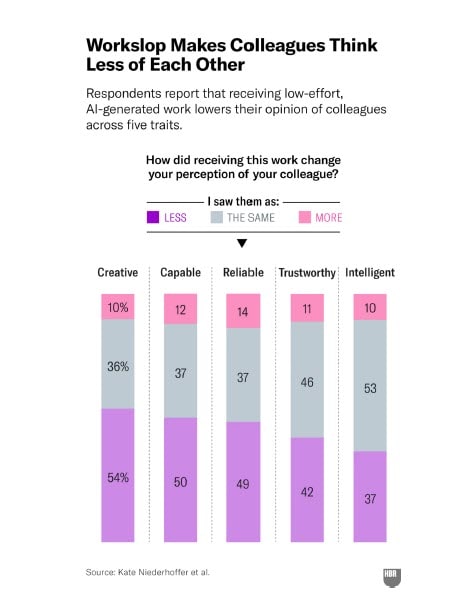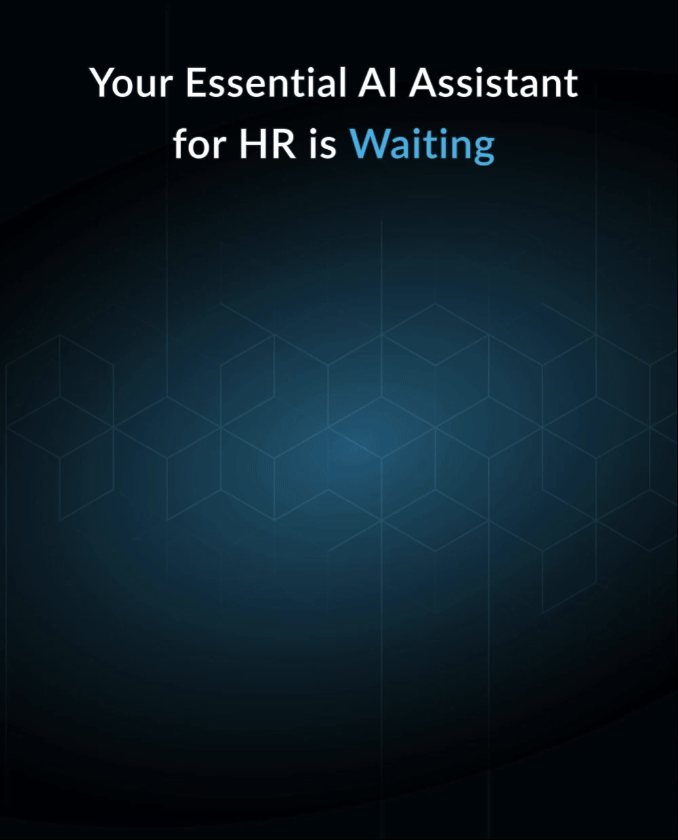AI Slop vs. AI Value: Can You Tell The Difference?
This week the AI market changed again, as the AI Slop tidal wave continues.
On Tuesday, OpenAI launched Sora, a new video generator that allows people to create short AI video clips. Immediately following Instagram parent Meta introducing a short-form AI video generator called Vibes to compete. It seems the advertising-driven business model has no end to its pernicious desire for our attention.
These are “junk generators” that enable prompt-driven videos, making everyone on the planet a video producer. Already I see LinkedIn junked up by this stuff and soon enough our news, social media, and YouTube will be filled. And in the business world, this means even more AI-driven emails, ads, and videos filling our inbox.
In my case I receive 50 or more AI-driven emails per day, all from companies who claim to be groundbreaking new HR tech vendors. Let me simply say, if I get one of these from your company I will not respond nor cover your company as an analyst.
What is this doing to our business lives? Making it quite unproductive. And unfortunately this runs head-long into our massive efforts to use AI to increase productivity.
Let me mention a study done by some research just published in HBR.
Of 1,150 U.S.-based full-time employees across industries, 40% report having received workslop in the last month. Employees who have encountered workslop estimate that an average of 15.4% of the content they receive at work qualifies.
What is the impact of this noise? Here’s their conclusion, which I believe far understates the problem.
Employees reported spending an average of one hour and 56 minutes dealing with each instance of workslop. Based on participants’ estimates of time spent, as well as on their self-reported salary, we find that these workslop incidents carry an invisible tax of $186 per month.
But the problem is far far worse than this: as a result of this mess, employees no longer trust their AI-enabled peers, find them less creative, and find them less intelligent or capable. So mis-using AI to craft emails or communications damages your reputation, credibility, and value to others.
 |
What are we going to do about this?
Well to me it all comes down to being lazy. While we hope that OpenAI, Anthropic, Google, and Microsoft build quality products, it’s us, as users, who have to be careful. It’s far too easy to “wing it” with AI and in most cases the results are not complete.
In other words, there’s still no substitute for your brain, your insights, and your personal effort. If you think it’s cool to throw noise out there with your name on it, I’d suggest you’re playing the short game. Ultimately your career, reputation, and self-worth is built on your human perspective, so I suggest you use it every day.
I often get asked “what are the new skills we need to leverage AI” and the two I mention are these.
First you have to learn “complex problem solving,” which means using the AI data gathering to add value and make better decisions. This means “curating the slop” and making it clear and meaningful before you share it.
Second is the skill of “curiosity.” In other words, if an AI gives you an answer or an image, can you ask another question to make it better, more relevant, and more useful? Through its prompting abilities, AI is ultimately an iterative learning tool. If you simply spit out answers and don’t ask questions, you undermine yourself and often hurt your company.
There’s no way we can stop AI Slop in the public media or internet world, but we can definitely avoid it in our companies. Use AI to improve your human decision-making and communications, and you’ll maintain your reputation and grow your career despite AI’s ever-growing presence.
Additional Information
Wakeup Call for HR: Employees Trust AI More Than They Trust You
The Value of Values: When Organizations Lose Trust
Get Galileo: The Trusted AI Agent for HR and Leadership
